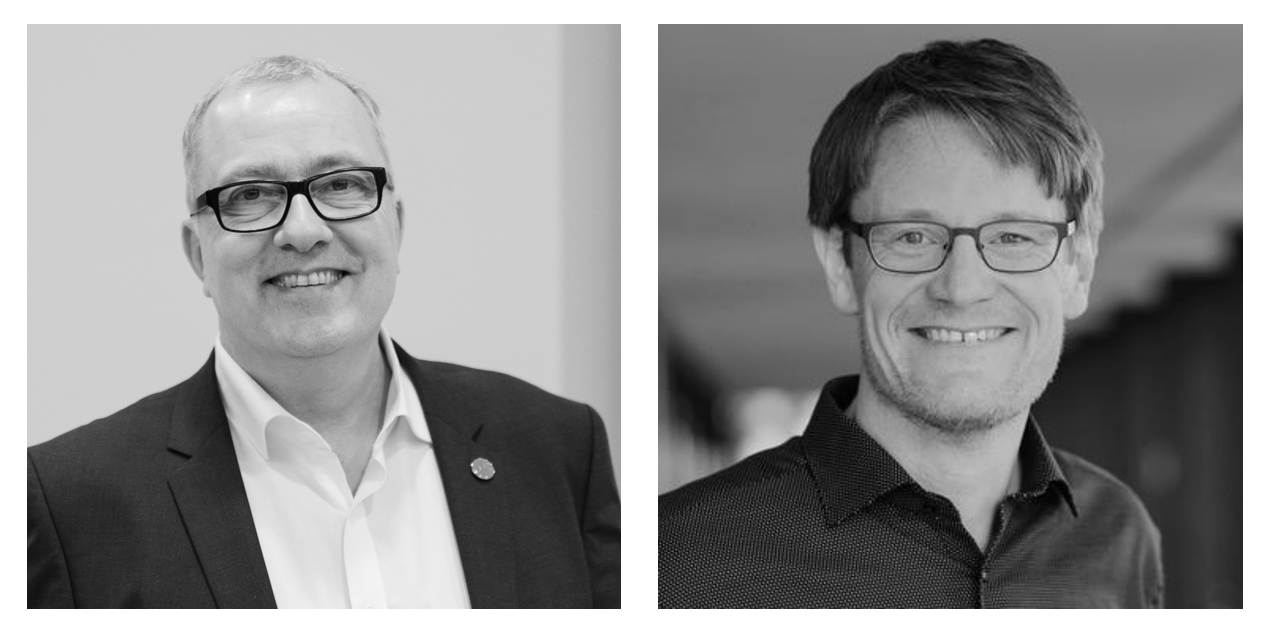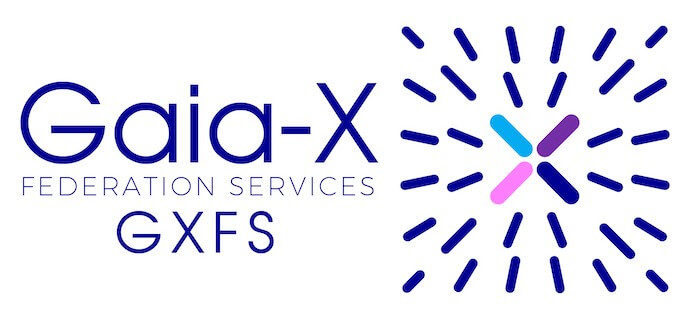
At the heart of the European idea is the conviction that there is strength in unity. This also applies to industrial policy: In the 1970s, for example, the Europeans founded Airbus, a continental aircraft manufacturer that grew to rival the U.S. giants Boeing and McDonnell Douglas. Fifty years later, with its Gaia-X initiative, the European Union is once again staking its claim to play a European role in shaping a global market of the future. While this time it’s to do with the digital cloud economy, it’s somewhat more complicated: Gaia-X does not want to merge small European providers into one big mega-provider, but instead wants to network them in an ecosystem. In principle, the competing hyperscalers from the USA and China are also welcome. In this instalment, read why Gaia-X will not become a European hyperscaler and why any cloud platform, no matter how large, will be too small to handle digitalisation in Europe on its own.
Jet plane or lame duck?
The significance and state of the cloud economy today are reminiscent of the aircraft industry in the late 1960s. Europe had not stopped building good airplanes after World War II. But fifteen years later, the aviation industry on the continent was fragmented and dominated by conflicting national interests. Instead, aircraft manufacturers from the USA dominated the aviation markets of the Western Hemisphere. More than any of their competitors, they benefited from the boom in civil and military aviation during the Cold War.
Scepticism was correspondingly high when France and Germany signed an agreement to build the first Airbus at the Paris Air Show on 29 May 1969. The manufacturing of the new aircraft as well as the transport of its components would be spread over half the continent: The wings were originally to have come from Britain, parts of the fuselage and cockpit from France, and the Germans were to assemble everything. But the British pulled out just before the deadline in the spring because they were pursuing their own plans. So things weren’t looking good in 1969.
Today – fifty years and 12,000 aircraft later – Airbus is the world’s largest civil aircraft manufacturer. The supposed weakness of the Europeans turned out to be a strength over the decades. In difficult years, Airbus was able to count above all on the axis of the two founding states, France and Germany. The European joint venture combined dispersed engineering expertise into one continental company. The cooperation of people from different cultures and countries also made the start-up attractive for talented and well-trained professionals. A success story that the British soon also joined.
A new strategy for the cloud
Wouldn’t Airbus be the perfect template for the digital cloud economy? Once again, a fragmented European supplier landscape is pitted against a few market and technology leaders from the USA and, more recently, China. And once more, our continent is in danger of losing out in one of the core sectors for the economic development of the century. That’s probably what the press thought when the economics ministers of Germany and France presented their European initiative for the cloud, fifty years after the Paris Air Show. But Gaia-X will not be an Airbus for the digital age. Europe has opted for a different strategy this time.
Gaia-X will not be a European hyperscaler
Why an Airbus-style consortium for the cloud industry would not be up to the task is explained by Harald Summa, CEO of both eco – Association of the Internet Industry and DE-CIX, provider of Internet network connections and operator of large Internet Exchanges. In the future, the digital economy will have to process volumes of data that seem unimaginable to us today. This requires an entire industry of interconnected service providers.
Summa cites a self-driving car as a benchmark in a recent German-language blog post. Even a single test vehicle, without being connected with other cars, already generates a Terabit of data in just a single day! In comparison: All DE-CIX sites worldwide, including the world’s largest Internet Exchange in Frankfurt, now transmit more than ten Terabits per second. A day has 86,400 seconds. That means that just over a million self-driving cars would generate as much data as large portions of the Internet do today. Connected mobility is just one topic among many in the process of digital transformation.
What’s in store for us?
Summa outlines the future needs of the data-based society with further figures: By the end of the decade, European companies alone will be able to choose from the product range of 5,000 to 6,000 cloud providers. Ten thousand data centres will be needed, he believes, to process our continent’s data volumes.
The most important advances are waiting in the long tail
At present, our perception of digitalisation is still shaped by the platform capitalism of Silicon Valley: Operators market their products as part of a technical platform infrastructure. In accordance with the principle of “the winner takes it all”, an operator must grow faster than its competitors in order to unite as many customers as possible on its platform. As with telephone networks, its value increases with the number of subscribers. This works excellently for standardised services. Here, cloud platforms as so-called hyperscalers can generate unparalleled economies of scale and innovations on the assembly line.
Where such mass demand doesn’t exist, the economies of scale and margins are much more meagre and business is more laborious. This can stem, for instance, from the special requirements of individual industries or from specific topics such as interdisciplinary value creation from data about our oceans, with the latter example presented in our first article. But it is the long tail with its thousand niches that offers benefits and progress beyond apps and online shopping, social media and ad targeting.
This is also shown by the eco and Arthur D. Little’s joint study on the potential of AI: To date, digital value creation has been limited primarily to readily available data collected under monopoly conditions, such as by social networks, shopping portals and search engines. No wonder their operators also provide the largest cloud infrastructures.
A European ecosystem for digital innovation
A European hyperscaler would merely engage in a futile attempt to compete for market share in mass business with the dominant platforms of the Americans and Chinese. The countless special requirements of Europe’s SME-driven economy would remain unfulfilled.
The right strategy for the digital transformation of our continent is, therefore, not a large corporation under the EU flag, but an ecosystem: one which commits all providers – also specifically including those from outside Europe – to common procedures, rules and standards for Europe. Under these framework conditions and beyond the platform monopolies, small and medium-sized cloud providers could develop and market competitive services.
The aforementioned AI study also shows: Two-thirds of the value creation potential from data lies in existing processes, i.e., in company-specific and industry-specific workflows and business models. In order to unlock that potential, innovation is needed on a large scale, so not five, but 5,000 cloud service providers who turn over every stone.
While the Europeans centralised the European aircraft industry of the 20th century with Airbus, they are striving for the opposite for this century’s cloud industry. Gaia-X was founded because it is not a hyperscaler but rather a network of large service providers and small specialists that will enable Europe’s data-driven markets to take off.
In the next post in our series, we’ll give you an overview of the Gaia-X initiative, what it is at its core, its goals, who’s behind it, and what the next milestones will be.
See you soon,
Andreas Weiss & Thomas Sprenger

Every month on LinkedIn and www.gxfs.eu
Every month from now on, we will guide you through the world of Gaia-X on LinkedIn and www.gxfs.eu. Our analyses and interviews give background and insights into how a European initiative and its collaborators want to create an ecosystem for value creation from data.
Heading this series of articles is Andreas Weiss. As Head of Digital Business Models at eco as well as Director of EuroCloud Deutschland_eco, Andreas Weiss is well connected and familiar with the Internet and cloud industry in Europe. He brings his experience to Gaia-X Federation Services (GXFS), whose project teams are responsible for the development of Gaia-X core technologies. Led by eco, the GXFS-DE project is also funded by the German Federal Ministry of Economic Affairs and Climate Action and is in close exchange with the Gaia-X Association for Data and Cloud (AISBL). Weiss is supported on this blog by Thomas Sprenger, an author and copywriter who has been writing about the digital transformation for twenty years.
